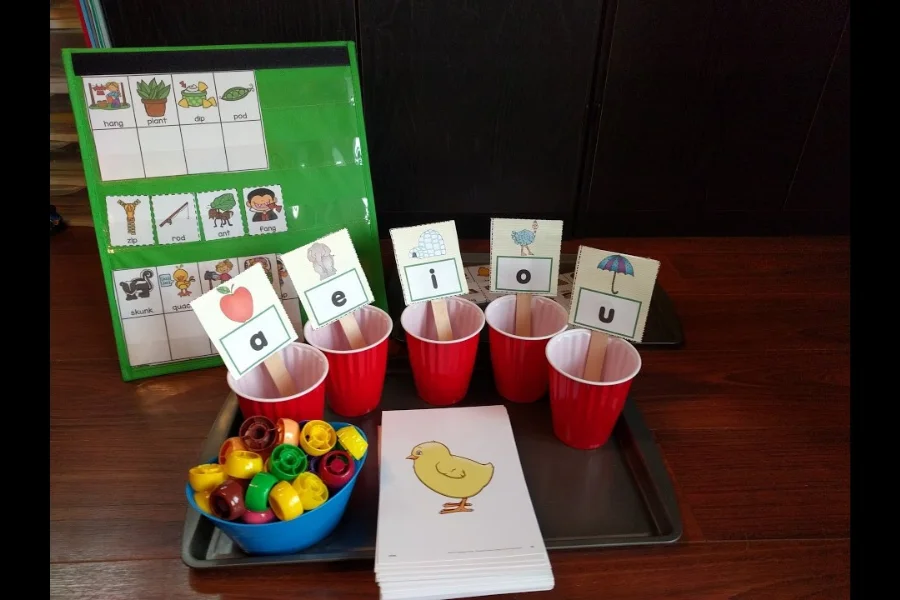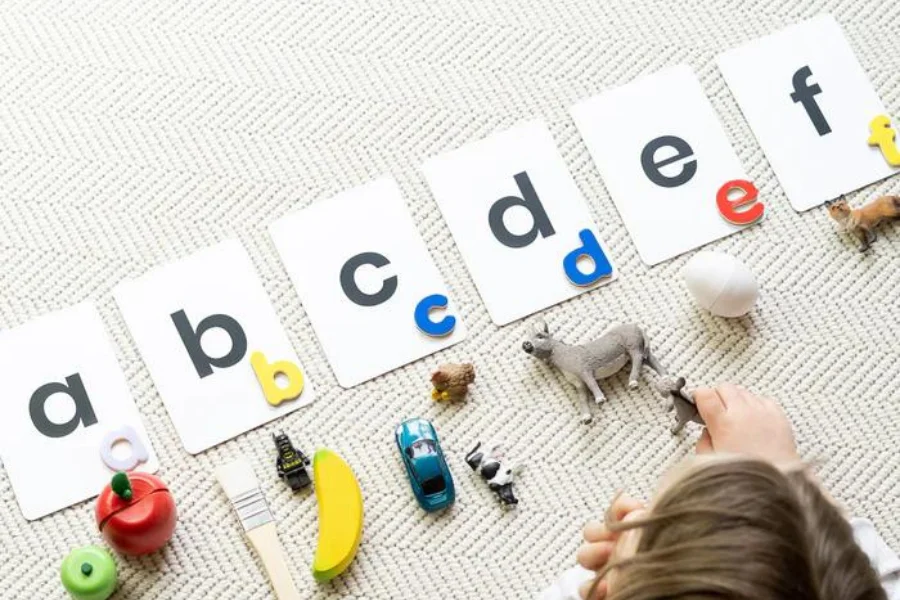Difference Between Vowels and Consonants

Source: slideshare
Difference Between Vowels and Consonants
The English Alphabet comprises 26 letter sets – A to Z. 5 among them are vowel letters and the remaining 21 are consonant letters. Learning the Difference Between Vowels and Consonants is the key to mastering English grammar and pronunciation. Vowels (A, E, I, O, and U) are letters signifying sounds developed without any notable contraction or closure in the vocal tract.
On the contrary, consonants involve a notable degree of closure or compression, changing the airflow when pronounced. This Difference Between Vowels and Consonants affects word formation and pronunciation, making it important to identify and distinguish these two types of letters. Grasping the Difference Between Vowels and Consonants improves English reading, writing, and speaking abilities.
For more details of Best Grammar Teacher Courses Call / Whatsapp on +919869866277 / +919869546913
To download brochure of Best Grammar Teacher Courses, Click here!
Table of Content

Source: shutterstock
Vowel Sounds
Definition and Production
Vowel Sounds are produced by free breath flow through the mouth without disruption by the tongue, teeth, or lips. This free airflow results in a clear and open sound. The chin or lower jaw drops noticeably when sounding vowels- a characteristic feature that distinguishes them from consonants.
Role of “Y” as a Vowel
The letter “Y”, at times, can act as a vowel, based on its position in the word and the sound it signifies. For instance, at the end of words like “pay” or “day”- “Y” acts as a vowel producing a long “a” sound, or in “fly” and “my,” where it sounds like a long “i”. Additionally, “Y” can create a long “e” sound in words like “busy” or “many.” In words such as “myth” or “hymn,” it represents a short “i” sound, making “Y” a versatile letter in English.
Consonant Sounds
Definition and Production
Consonant Sounds are created with the airflow interruption by the tongue, teeth, or lips. This interruption results in various degrees of closure or constriction, which modifies the sound. When sounding consonants, unlike vowels, the jaw doesn’t drop prominently. This is a crucial distinction helping to understand the diverse roles played by Vowel Sounds and Consonant Sounds in word formation.
Role of “Y” as a Consonant
The letter “Y” turns into a consonant when it is present at the beginning of words like “yak” or “yes.” In these occurrences, “Y” produces a sound requiring touching of the tongue to the roof of the mouth, distinguishing it from its vowel uses. This dual role of “Y” can be challenging for learners but is an essential part of English phonetics.
Importance of Understanding the Difference
Building Words
Words are built from vowels and consonants and acknowledging the Importance of Understanding the Difference Between Vowels and Consonants is crucial. Comprehending the ways they work together is fundamental to reading and spelling. Vowels and consonants blend to create syllables- the building blocks of words. Recognizing this combination helps children decode new words and improve their reading skills.
Grammar and Articles
To master grammar topics like articles (a, an, the), Understanding the Difference Between Vowels and Consonants is necessary. For example, the article “an” is used before vowel sounds and “a” before consonant sounds. Understanding this difference helps children use articles appropriately, improving their writing and speaking abilities.
Teaching Tips
Teaching Tips for Recognizing Vowels and Consonants
Use interactive aids to help children identify vowels and consonants. Circle vowels in one color and consonants in another. Make children recite vowels and consonants loudly and clearly to reinforce their understanding. Using vowel jingles can make learning fun and memorable. These Teaching Tips emphasize that vowels are essential as almost all English words contain at least one vowel.
Teaching Tips for Using Interactive Activities
Who is it?
Use flashcards to ask if a letter is a vowel or consonant. This activity helps children quickly recognize and categorize letters.
Alphabet Circle Game
In this game, children stand when saying vowels and sit when saying consonants. This physical activity reinforces their learning of the Difference Between Vowels and consonants and keeps them engaged.
Column Sorting
Create columns for vowels and consonants on the board. Children can place letters into the correct column, reinforcing their understanding through active participation.
Red and Blue Crayons
Children write vowels in red and consonants in blue in alphabetical order. This color-coding activity helps in visually Understanding the Difference Between Vowels and Consonants.

Source: happylittledoers
Practice Method
Candy Coloring
Objective
This Practice Method helps children distinguish between vowels and consonants by coloring candies based on the letters they contain.
Instructions
Write vowels on the board for reference. Children then color candies red if they contain vowels and yellow if they contain consonants. This visual and hands-on activity reinforces their understanding in a fun and engaging way.
Circle the Vowels
Words
forest, trumpet, stamp, ticket
Instructions
Children circle vowels in each word, matching letters to vowels listed on their sheet. This exercise helps them practice identifying vowels within the context of words, enhancing their reading and spelling skills.
Circle the Consonants
Words
winter, travel, octopus, marigold
Instructions
Similar to the previous exercise, children circle consonants in each word. This Practice Method strengthens their ability to distinguish consonants and understand their role in word formation.
Fill in the Missing Vowels
Words
f_n (fun), t_nt (tent), s_t_ck (stick), l_ck_t (locket)
Instructions
Children spell the word by recognizing the picture and then filling in the missing vowels. This exercise is a combination of visual recognition and spelling practice, helping children understand the significance of vowels in word formation.
Understanding the Difference Between Vowels and Consonants helps in language advancement. These interactive exercises and activities help in the effective grasping of the concept among children, making learning enjoyable and engrossing. Children can boost their reading, writing, and spelling abilities by mastering the Difference Between Vowels and Consonants, laying a robust foundation for their educational journey.
For more details of Best Grammar Teacher Courses Call / Whatsapp on +919869866277 / +919869546913
To download brochure of Best Grammar Teacher Courses, Click here!
English Grammar Course for Teachers
Vidhyanidhi Education Society (Govt. Regd.) offers an exceptional English Grammar Course for Teachers, designed to cater to various professional needs and career aspirations.
This comprehensive course is perfect for:
Entrepreneurs
Set up and run your grammar classes, which are increasingly popular and in demand.
Teachers
Move into the pre-primary section as specialized grammar teachers, enhancing your teaching credentials and expertise.
In-service Teachers
Expand your knowledge by mastering the intricacies of grammar, ensuring you are well-resourced to teach with confidence and precision.
Tutors
Apply as grammar teachers in activity centers, where specialized grammar knowledge is highly valued.
Parents
Help your child develop proper grammar skills, leading to fluent communication and academic success.
The English Grammar Course for Teachers at Vidhyanidhi Education Society (Govt. Regd.) not only boosts your professional qualifications but also opens up attractive career opportunities. By mastering the Difference Between Vowels and Consonants, and other fundamental grammar elements, this English Grammar Course for Teachers helps you significantly impact students’ language skills.
Whether you aim to start your classes, enhance your teaching career, or support your child’s education, this course is an invaluable asset. Join now and take a decisive step towards a successful career in grammar education.
Master vowels and consonants with ease! Join Vidhyanidhi Education Society’s (Govt. Regd.) Grammar Teacher Training now!
For more details of Best Grammar Teacher Courses Call / Whatsapp on +919869866277 / +919869546913
To download brochure of Best Grammar Teacher Courses, Click here!
FAQs
Are Grammar Teachers in Demand?
Yes, high demand due to the emphasis on language skills. Vidhyanidhi Education Society offers relevant courses.
How Long Does it Take to be a Grammar Teacher?
It takes a few months to a year. Vidhyanidhi Education Society provides flexible training programs.




